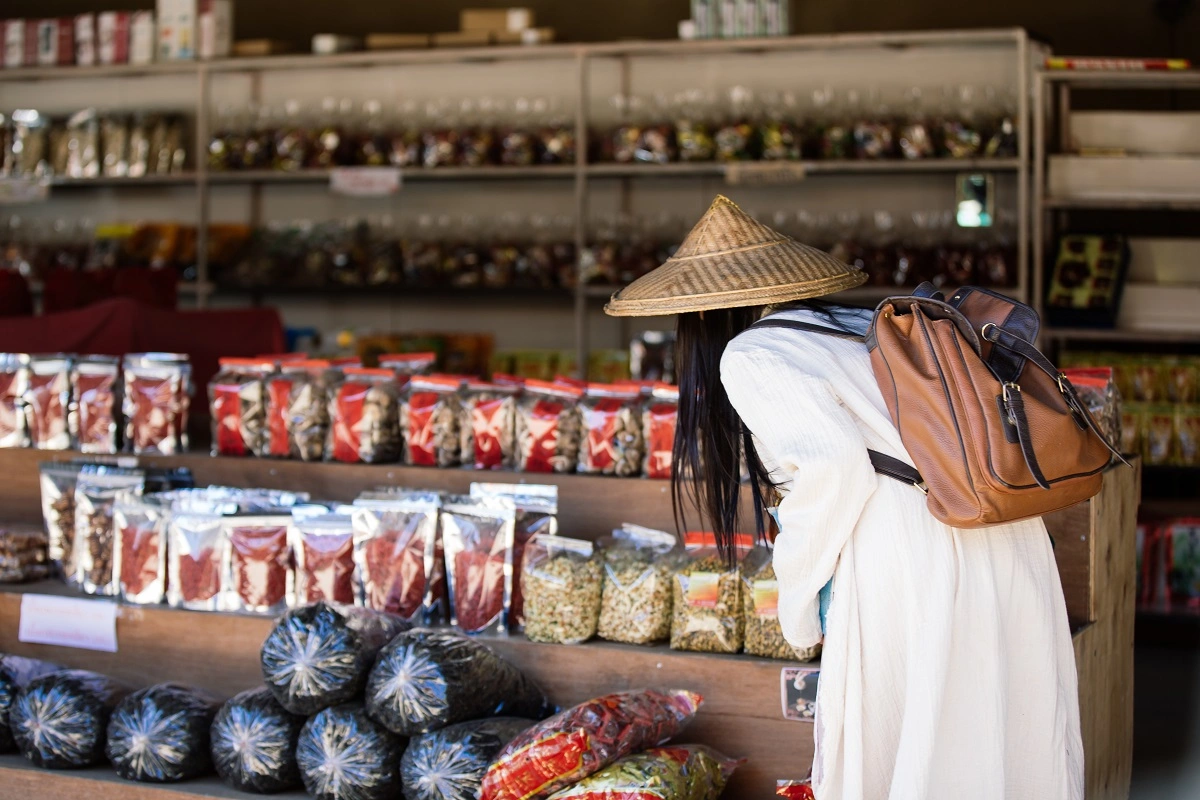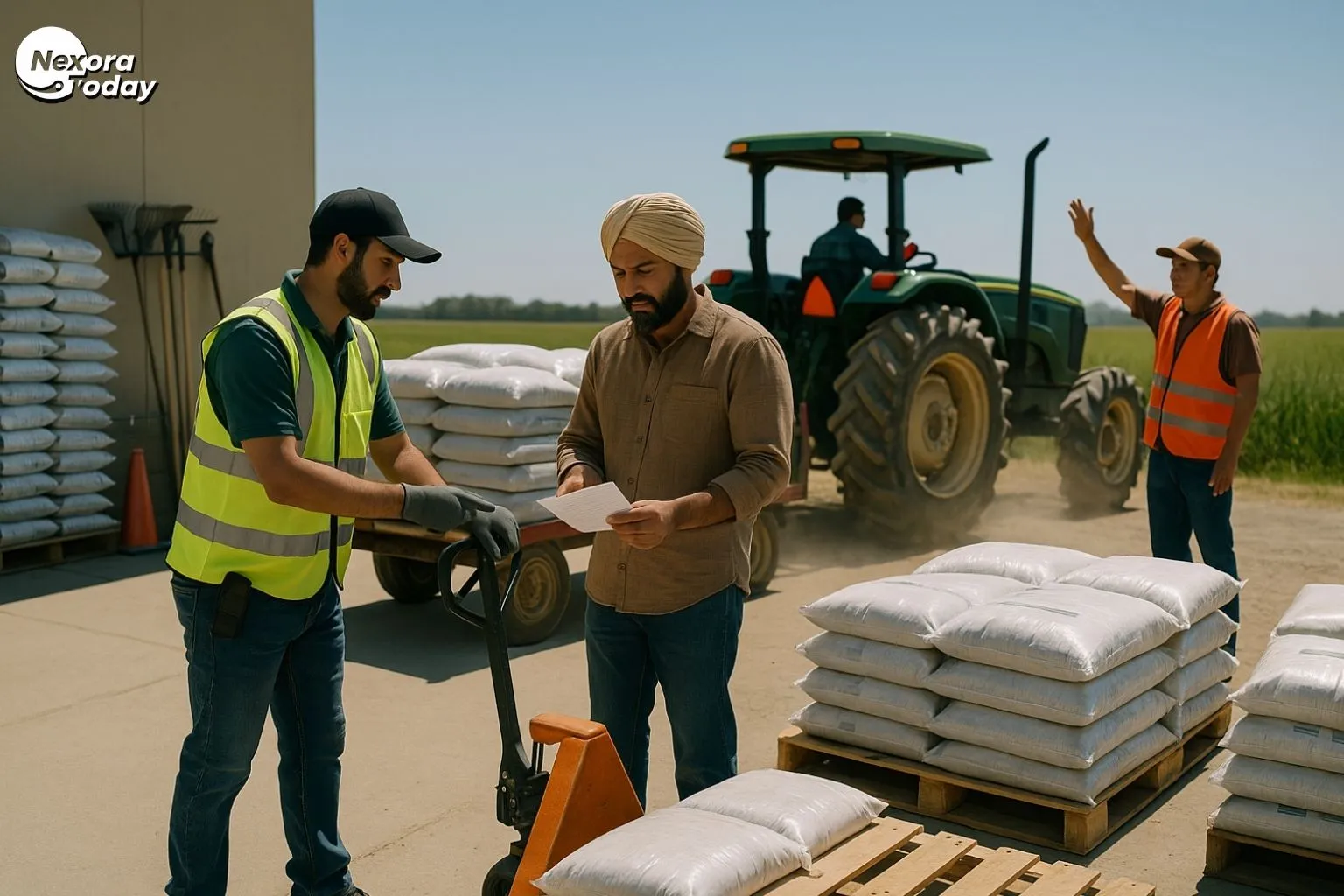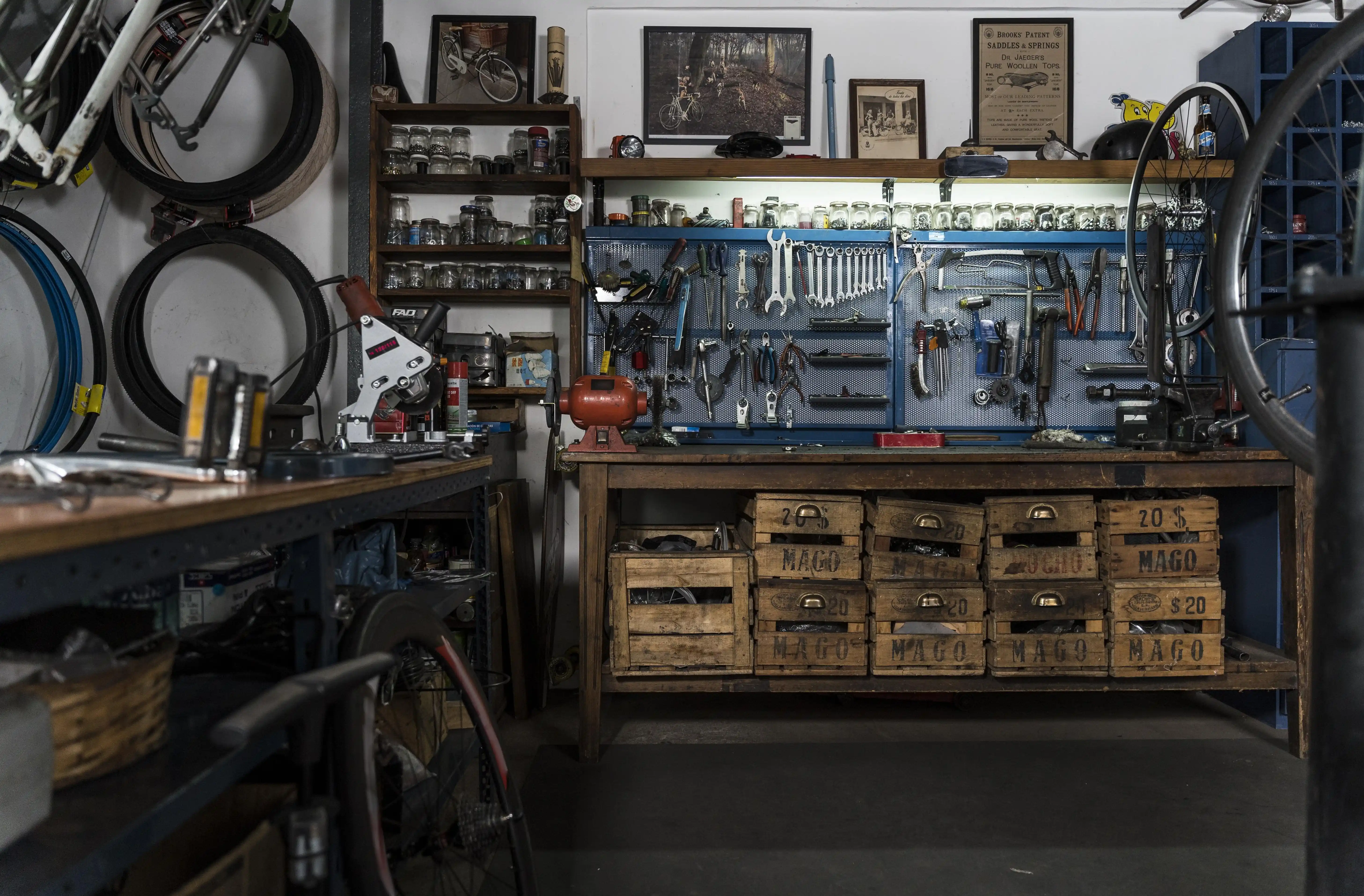Chinatown is the epicenter of Singapore's rich food culture, famous for its bustling street food stalls offering authentic and affordable meals. However, behind this glamorous exterior lies a growing, though lesser-known, concern: chinatown hawker leftovers consumption. While this phenomenon is not unique to Chinatown, it has sparked debates about food security, waste, and the dignity of the city's most vulnerable.
What Is Chinatown Hawker Leftovers Consumption?
chinatown hawker leftovers consumption refers to the practice of elderly, homeless, and economically disadvantaged people scavenging from tables and trash bins of street food stalls. Not only is it an essential act for some, but it also reflects the reality of poverty and food insecurity that persists even in a wealthy and developed country like Singapore.
These people frequent food courts, where leftovers and half-eaten dishes are often left behind, especially during and after peak hours. While the act itself may seem harmless to some, it has significant social, ethical, and public health implications.
The Social Reality Behind Leftover Scavenging
Singapore has one of the highest standards of living in Southeast Asia. However, the phenomenon of eating leftovers from Chinatown food stalls exposes the flaws in the system. While some who indulge in this habit claim to do so willingly, many do so out of desperation.
A large proportion of this group are elderly. As the population ages, and some lack adequate retirement benefits or family support, scavenging for leftovers has become a means of survival. Others, such as migrant workers and the homeless, turn to this method to combat hunger.
The Problem with Informal Food Scavenging
While some may consider eating leftovers from Chinatown food stalls an efficient and dignified way to reduce food waste, this practice comes with many risks. From a hygiene perspective, consuming leftovers and discarded food increases the risk of bacterial infections and food poisoning.
Furthermore, the stigma associated with this practice can further isolate them from society. It also negatively impacts food sustainability and social support strategies in Singapore. What we need is a better, more humane alternative. And this is where formal food rescue organizations come in.
SG Food Rescue and Other Formal Food Rescue Efforts
Organizations like SG Food Rescue, the Singapore Food Bank, and Willing Hearts combat food waste and hunger with dignity and organization.
SG Food Rescue is a volunteer-led organization that collects unsaleable (but still edible) surplus food from wholesalers, markets, and restaurants. This food is delivered to families and individuals in need. Their work demonstrates that, with the right logistics, community support, and planning, food that would otherwise go to waste can be returned to those who need it most. This reduces the practice of eating leftovers from Chinatown food stalls.
Public Health and Ethics of Consuming Hawker Leftovers in Chinatown
In a vibrant urban area like Chinatown, street food is more than just a source of food. It is a cultural heritage, a symbol of the community, and a lifeline for many. Chinatown street stalls are centers of social activity and a diverse food culture. But behind the aromatic appeal of fried noodles and satay lies a lesser-known problem: the consumption of leftovers from Chinatown food stalls.
The Reality Behind Leftovers
The consumption of unsold food often occurs in plain sight at Chinatown food stalls. After a stall closes, the stall owner discards or takes away the unsold food. In some cases, it is informally offered to elderly, homeless, or low-income people who wait until closing time. This act may appear charitable, but it falls into a gray area, both legally and ethically.
Legal Landscape
Legally, the sale or distribution of leftover cooked food is discouraged in Singapore. The National Environment Agency (NEA) enforces strict regulations on food handling, and street vendors can be fined if found distributing food that does not meet hygiene standards, even if they offer it for free.
Ethical Dilemmas
The ethical issues surrounding the consumption of leftovers at Chinatown food stalls are complex. Wasting food despite being hungry is morally problematic. On the other hand, serving potentially unsafe food can be considered disrespectful and exploitative.
Social Dimensions
The socioeconomic context of those who consume leftover food from Chinatown hawker stalls highlights the deep-seated problems of poverty and aging in urban Singapore. Many elderly people in Chinatown live alone and rely on limited pensions and social assistance. For them, leftover food from hawker stalls is not just food, but a means of sustenance.
Sustainable Solutions
There are several models for addressing the dilemma of consuming leftover food from Chinatown hawker stalls. One solution is to establish a certified food recovery program. Under this program, hawkers can collaborate with certified food charities for sanitary collection and rapid redistribution. Another option is to establish community refrigerators that ensure safe and rapid storage, management, and preservation of food under sanitary conditions.
Conclusion
The problem of consuming leftover food from Chinatown hawker stalls lies at the intersection of public health, legality, and moral responsibility. While this reflects the generosity and community ties of Chinatown's street food culture, it also poses significant health risks to those who rely on such food.
Moving forward, it is essential to recognize this practice not as an isolated problem, but as part of broader societal challenges, such as poverty, food waste, and urban aging.





